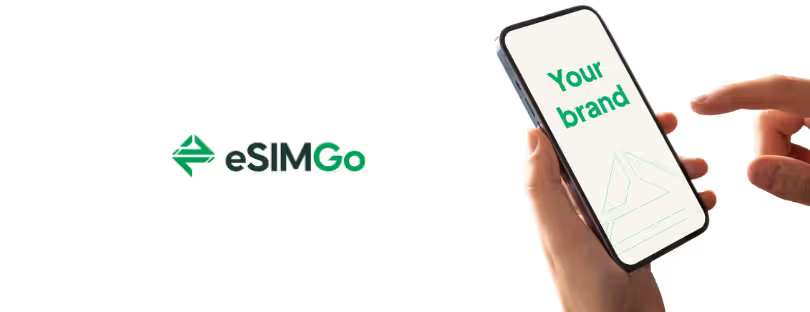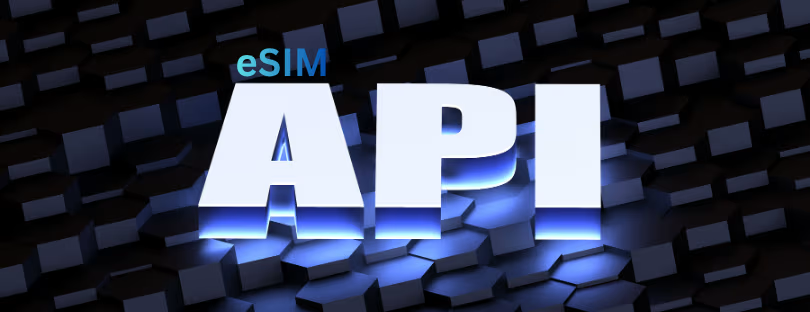
Depinsim Raises $8 Million to Redefine How We Connect — and Earn — Through eSIM Technology
Depinsim, a decentralized communication and data network powered by eSIM technology, has just closed an impressive $8 million strategic funding round — a move that positions it among the most talked-about Web3 connectivity startups right now.
The round was led by Outlier Ventures, one of the most active investors in decentralized infrastructure, and joined by Bitrise Capital, Becker Ventures, Mask Network, Silverline Labs, MYIE VC, and DWF Labs. This funding marks a pivotal step for Depinsim’s global expansion and ecosystem collaboration, as it looks to blur the lines between digital connection, data ownership, and tokenized rewards.
A New Way to Think About Connectivity
Depinsim isn’t just another crypto startup — it’s attempting to rewrite how we think about the value of connection itself. The company’s mission centers around building what it calls the Free Mobile Internet Protocol (FMIP) — an open protocol layer that lets users earn value simply by connecting to the internet.
In practice, that means Depinsim is transforming every act of connectivity — whether browsing, streaming, or sending data — into something measurable and potentially profitable.
The idea sounds ambitious, but the mechanism is fairly elegant:
- eSIM-based connectivity forms the foundation, allowing users to get online instantly in multiple regions.
- Blockchain incentives turn that connection into an asset, rewarding participation.
- Data assetization ensures that data generated through connectivity becomes a valuable, tradable digital resource.
Or, as the company puts it:
“Once, we mined tokens. Now, we are mining connections.”
Turning Data Into a Digital Asset
Depinsim’s model effectively merges telecom infrastructure with decentralized finance principles. Within its ecosystem, users can earn rewards through three main actions:
- Activating “mining machines” — essentially nodes or devices that generate passive income by contributing to network activity.
- Completing tasks — similar to Web3 bounties or engagement campaigns that drive community participation.
- Using data — where every byte spent online contributes to a user’s reward potential.
The earnings can be redeemed in two ways: users can top up eSIM data directly, or convert rewards into Depinsim’s stablecoin, $PIN. This creates what the team calls a “closed value loop” — where connection → reward → reconnection keeps the ecosystem self-sustaining.
In simpler terms, Depinsim is turning internet usage into a self-rewarding cycle. The more you connect, the more you earn, and the more seamlessly you can stay connected — all powered by decentralized infrastructure.
The Bridge Between Web2 and Web3
At the application level, Depinsim is already rolling out its Task Incentive Platform, designed to help Web2 and Web3 projects distribute data packages as user rewards. This approach could solve a long-standing issue in digital marketing — how to reach real, engaged users without inflated ad spend or fake clicks.
Projects that integrate with Depinsim’s incentive layer can offer eSIM data as a tangible reward, making campaigns both cost-effective and genuinely useful to participants. In turn, this model helps drive user acquisition, retention, and community growth — all while grounding Web3 engagement in something practical and everyday: internet access.
A Depinsim co-founder summarized it best:
“Our goal isn’t to build the next crypto product, but to make every connection, every byte of data, and every second online measurable and valuable. Depinsim is the bridge bringing Web3 into everyday life.”
That bridge — between blockchain theory and telecom practicality — might be what gives Depinsim staying power in a space littered with ambitious but short-lived crypto projects.
Why This Matters: The Bigger Picture
Depinsim’s concept taps directly into the rising DePIN (Decentralized Physical Infrastructure Networks) trend — the idea of rebuilding traditional infrastructure (energy, mobility, telecom) on top of blockchain-based coordination and incentive models.
In telecom specifically, it joins the ranks of players like Helium Mobile, which rewards users for sharing network coverage, and World Mobile, which combines blockchain with mobile connectivity in emerging markets. But Depinsim adds a new layer: eSIM integration, allowing instant, borderless activation without physical hardware.
That distinction is crucial. eSIM adoption has surged — over 1.5 billion devices now support it, according to GSMA — and it’s becoming the backbone of global connectivity for travelers, digital nomads, and IoT devices alike. By building directly on this infrastructure, Depinsim avoids the logistical bottlenecks of other DePIN projects that depend on specialized hardware deployment.
Moreover, the incentive model aligns with broader shifts in digital behavior: people want ownership, transparency, and control over their data. Depinsim effectively monetizes attention and connection, aligning with Web3’s “user-as-stakeholder” philosophy.
The Road Ahead
With $8 million in new funding, Depinsim now faces the classic scaling challenge: can it translate crypto-native enthusiasm into real-world adoption? Outlier Ventures’ involvement suggests confidence in its tech fundamentals and long-term viability, but widespread success will depend on regulatory clarity, telecom partnerships, and user experience.
If Depinsim manages to deliver a smooth, compliant, and genuinely rewarding eSIM experience, it could very well become one of the first real bridges between the telecom and blockchain worlds—not through speculation, but through connectivity itself.
Conclusion: Where Depinsim Fits in the Future of Decentralized Connectivity
In a market where projects like Helium and World Mobile have already proven that decentralized networks can work, Depinsim’s eSIM-first approach represents a smarter, more scalable evolution of the model. It doesn’t require users to buy hardware or set up antennas—just an eSIM-compatible device and a willingness to connect.
That simplicity might be its greatest asset.
While the Web3 industry still struggles with usability, Depinsim’s strategy brings blockchain to something everyone already understands—mobile connectivity. And in doing so, it positions itself as a realistic player in the emerging “connectivity economy,” where data, rewards, and communication converge.
As the digital world moves toward ownership and tokenized value, Depinsim’s vision—to make every connection count—might not just be idealistic. It could be the blueprint for how we all stay online in the Web3 era.










